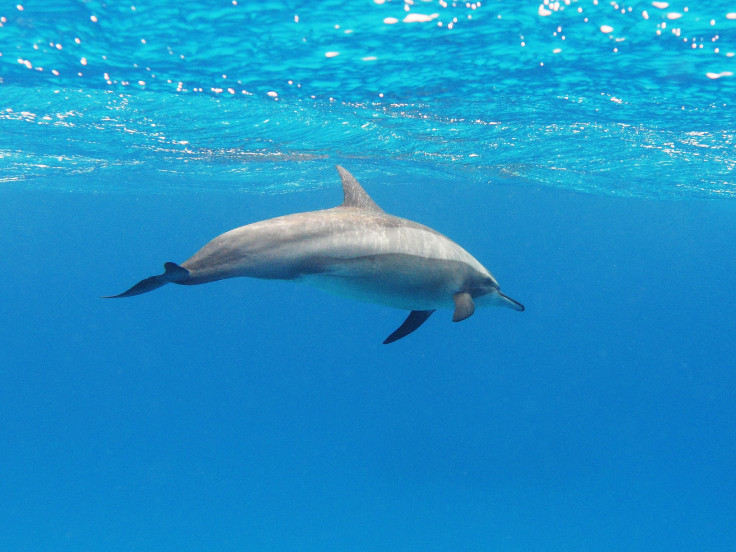Swimmers filmed harassing pod of spinner dolphins in Hawaii, authorities to take action
Under a 1972 marine protection act, harassing, killing, or feeding dolphins remains banned in the US.

A group of 33 swimmers have been accused of harassing a pod of wild dolphins near the Big Island in Hawaii on Sunday.
The incident came to light after the Hawaii Department of Land and Natural Resources (DLNR) released a video of the accused "pursuing, corralling, and harassing" the dolphins. The videos were taken by a drone camera meant to monitor the area for safety purposes. The official released the images and drone footage of the incident on Tuesday.
"DLNR Division of Conservation and Resources Enforcement (DOCARE) officers initiated cases against a large group of swimmers actively pursuing a pod of dolphins in Honaunau Bay Sunday morning, during a routine patrol in the South Kona District," read a statement from the agency.
The incident sparked outrage with people taking to Twitter to condemn the behaviour. Some even went on to suggest that these people should instead try to swim around sharks while others demanded strict action against the group.
"Prosecute to the fullest of the law. Do not just slap this [sic] disgusting people on the hands," commented a user. Another wrote: "awwww humans...the scourge of the earth and definitely the most disgusting animal..."
NEWS
— Yashar Ali 🐘 یاشار (@yashar) March 29, 2023
Federal authorities are investigating dozens of swimmers for harassing dolphins in Hawaii.
33 swimmers were spotted aggressively pursuing, corralling, and harassing a pod of dolphins.
It's against federal law to swim within 50 yards of spinner dolphins. pic.twitter.com/5EVko7aPPw
"Why do humans think that they have the right to do anything they want ? Would they be so brave if it was a group of sharks ?," wrote another.
Under a 1972 marine protection act, harassing, killing, or feeding dolphins remains banned in the US. Any violation is punishable by fines of up to £64,000 ($100,000) or a year's sentence in jail. A new law passed in 2021 prohibits "swimming with, approaching, or remaining within 50 yards of a Hawaiian spinner dolphin." The law was enacted to ensure their safety.
Spinner dolphins feed at night on species such as small fish, shrimp, and squid. They engage in resting behaviours for about four to five hours daily during the day, so they have the energy to catch their prey at night. They do not sleep the way humans do. Dolphins engage in some form of movement even during rest.
According to the National Oceanic and Atmospheric Administration (NOAA), spinner dolphins sleep in shallow bays, which sometimes puts them within the reach of humans. "During daytime hours, the island-associated stocks of Hawaiian spinner dolphins seek sanctuary in nearshore waters, where they return to certain areas to socialize, rest, and nurture their young," explains NOAA.
"These areas are typically in clear, calm, and relatively shallow waters. They usually have a sandy bottom that presumably provides an environment in which the dolphins can visually monitor for predators," it adds.
Harassment and potential displacement of spinner dolphins from their resting places by swimmers and boats have become a threat to their survival. The harassment exposes them to greater risk as it disrupts their sleep cycle. They are also forced to move to other areas in such cases, which increases their risk of shark attacks.
"Some of these threats may cause the immediate death of individuals, and some may cause injuries that could later lead to death. Other threats could make it harder to "make a living" (e.g., reduction in prey base), or could increase an individual's susceptibility to infection or disease (e.g., persistent organic pollutants)," reads an excerpt from a report by Cascadia Research, a non-profit research and educational organisation based in the US.
Spinner dolphins are skilled acrobats and regularly leap out of the water to perform aerial stunts. They can spin multiple times in a single leap.
The leaping and swimming are not done to entertain humans, but it is a way for them to remove remoras from their bodies. Remoras are a type of fish that latch onto them to eat parasites. Experts believe spinning may also be a means for them to communicate with each other.
© Copyright IBTimes 2025. All rights reserved.






















